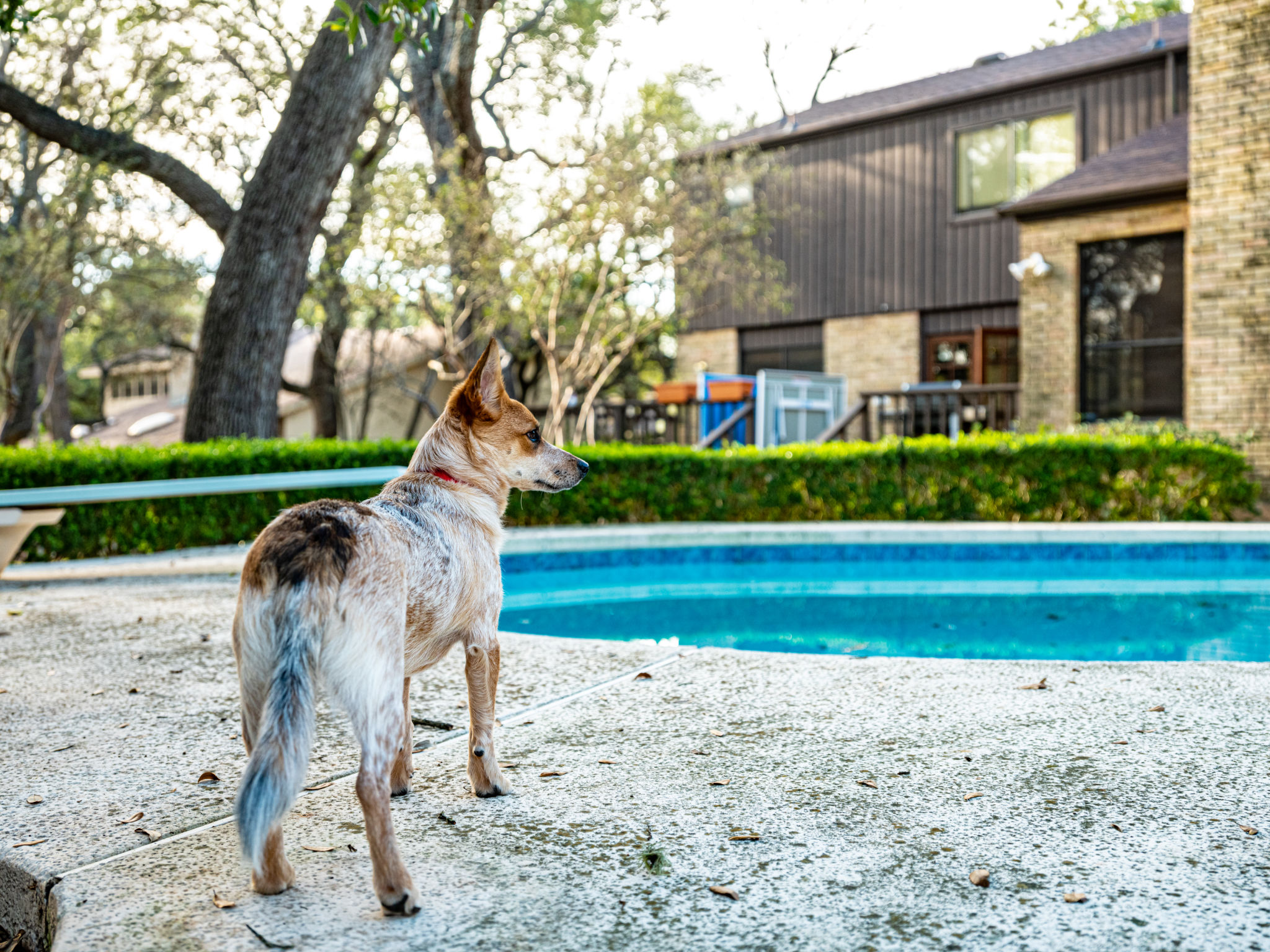How to Prepare Your Dog for Texas Seasons: Tips for Dog Owners
The Unique Challenges of Texas Weather
Living in Texas means experiencing a wide range of weather conditions, sometimes all in a single week. From scorching summers to chilly winters, the Texas climate can pose unique challenges for dog owners. It's essential to prepare your furry friend for these changing seasons to ensure their health and comfort.
Understanding the specific needs of your dog during different weather conditions can help you take better care of them throughout the year. Whether it's protecting their paws from hot pavement or keeping them warm during cold snaps, being proactive is key.

Preparing for Texas Summers
Texas summers can be brutally hot, with temperatures often soaring above 100°F. To protect your dog, it's crucial to provide plenty of water and shade. Always ensure that your dog has access to fresh, cool water throughout the day. Consider adding ice cubes to their water bowl to keep it chilled.
When taking your dog for walks, try to go out early in the morning or later in the evening when temperatures are cooler. Avoid walking on hot pavement, as it can burn your dog's paws. Test the pavement with your hand: if it’s too hot for you, it’s too hot for your dog.

Braving Cold Winters
While Texas winters are generally mild, occasional cold fronts can bring freezing temperatures. Short-haired breeds or smaller dogs may need extra protection against the cold. Investing in a dog sweater or jacket can be a good idea to help them retain body heat.
Also, make sure your dog has a warm place to sleep, preferably indoors. If they stay outside, provide a well-insulated doghouse with blankets to keep them cozy. Check their water bowl frequently to ensure the water hasn't frozen over.

Handling Spring Allergies
Spring in Texas often brings a surge of pollen and allergens, which can affect your dog just as much as it affects you. If you notice your dog scratching more than usual or experiencing watery eyes, they might be suffering from allergies.
Regular grooming can help reduce allergens on your dog's coat. Bathing them with hypoallergenic shampoo can also provide relief. Consult your veterinarian if symptoms persist, as they may recommend an antihistamine suitable for dogs.
Managing Fall Shedding
Fall is a transitional period when many dogs start shedding their summer coat to grow a thicker winter one. Regular brushing can help manage this shedding and prevent matting. It's also a great opportunity to bond with your pet.
Invest in a quality brush suited for your dog's coat type. During this time, you might also notice an increase in hair around your home, so frequent vacuuming will help keep things tidy.

Conclusion
Preparing your dog for the changing Texas seasons is all about being observant and proactive. By taking the time to understand and address their needs during each season, you can ensure your furry friend remains happy and healthy all year round.
Remember, always consult with your veterinarian if you're unsure about how best to care for your dog during extreme weather conditions. Their expertise can provide you with tailored advice specific to your dog's breed and health needs.